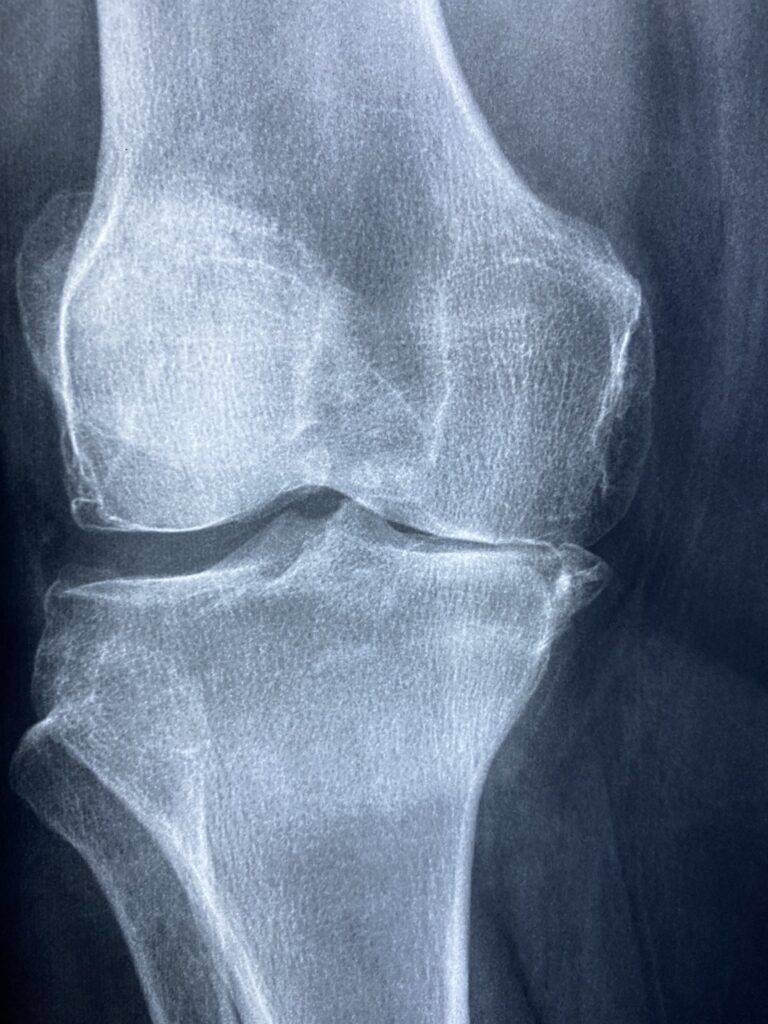Understanding Gallbladder Inflammation (Cholecystitis)
What is Gallbladder Inflammation? Gallbladder inflammation, medically known as cholecystitis, refers to the inflammation of the gallbladder. The gallbladder is a small organ located beneath the liver, responsible for storing bile produced by the liver. Cholecystitis can occur suddenly (acute cholecystitis) or develop gradually over time (chronic cholecystitis).
Types of Cholecystitis:
- Acute Cholecystitis: This type of cholecystitis develops suddenly and is often caused by gallstones blocking the cystic duct, leading to inflammation and infection of the gallbladder.
- Chronic Cholecystitis: Chronic cholecystitis occurs when inflammation persists over a prolonged period, leading to scarring and thickening of the gallbladder walls. This may result from repeated episodes of acute cholecystitis or ongoing gallstone formation.
Symptoms of Gallbladder Inflammation: The symptoms of cholecystitis may vary depending on whether it is acute or chronic. Common symptoms include:
- Severe abdominal pain, typically in the upper right quadrant or center of the abdomen
- Nausea and vomiting
- Fever and chills
- Jaundice (yellowing of the skin and eyes)
- Abdominal tenderness and swelling
- Loss of appetite and indigestion
Causes of Cholecystitis: The primary cause of cholecystitis is the presence of gallstones, which can obstruct the flow of bile and trigger inflammation. Other causes may include:
- Bile duct obstruction
- Infection of the gallbladder
- Tumors in the gallbladder
- Certain medical conditions, such as diabetes or liver disease
- Previous abdominal surgery or trauma
Risk Factors for Cholecystitis: Several factors may increase the risk of developing cholecystitis, including:
- Age (particularly older adults)
- Female gender
- Obesity or being overweight
- Rapid weight loss or yo-yo dieting
- Sedentary lifestyle
- Family history of gallstones or cholecystitis
- Certain medical conditions, such as diabetes or Crohn’s disease
Diagnosis of Cholecystitis: Diagnosing cholecystitis typically involves a combination of medical history review, physical examination, and diagnostic tests, including:
- Ultrasound imaging of the abdomen
- Blood tests to assess liver function and detect signs of infection
- CT scan or MRI scan to evaluate the gallbladder and surrounding structures
- HIDA scan (cholescintigraphy) to assess gallbladder function and detect bile duct obstruction
Treatment of Cholecystitis: Treatment for cholecystitis depends on the severity and underlying cause of the condition. Options may include:
- Pain management: Over-the-counter or prescription pain medications may be used to alleviate abdominal discomfort.
- Antibiotics: If cholecystitis is caused by an infection, antibiotics may be prescribed to control bacterial growth.
- Gallbladder removal (cholecystectomy): In cases of recurrent or severe cholecystitis, surgical removal of the gallbladder may be necessary to prevent complications.
- Lifestyle changes: Adopting a healthy diet, maintaining a moderate weight, and avoiding rapid weight loss can help reduce the risk of gallstone formation and cholecystitis recurrence.
Conclusion: Gallbladder inflammation, or cholecystitis, is a common condition characterized by inflammation of the gallbladder, often due to gallstone obstruction. While acute cholecystitis may require immediate medical intervention, chronic cholecystitis may necessitate long-term management strategies, including lifestyle modifications and, in some cases, surgical intervention. Prompt diagnosis and appropriate treatment are essential to alleviate symptoms and prevent complications associated with cholecystitis. If you experience symptoms suggestive of gallbladder inflammation, seek medical attention promptly for evaluation and management.




